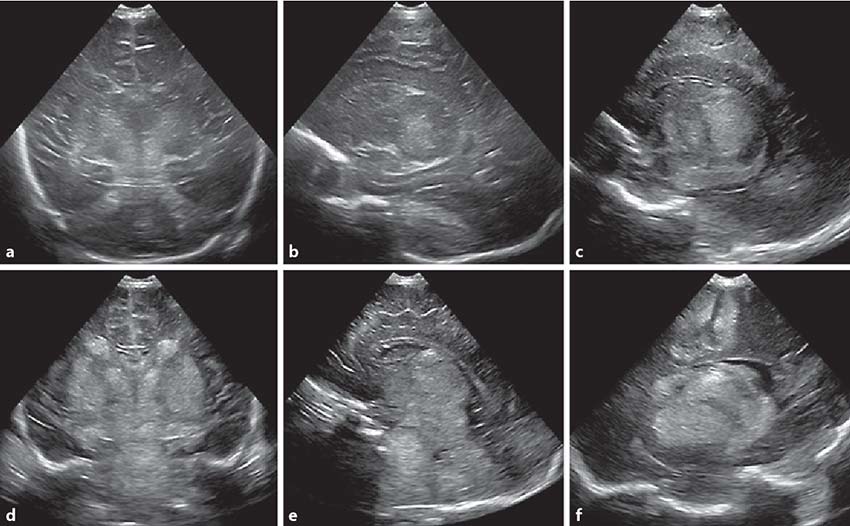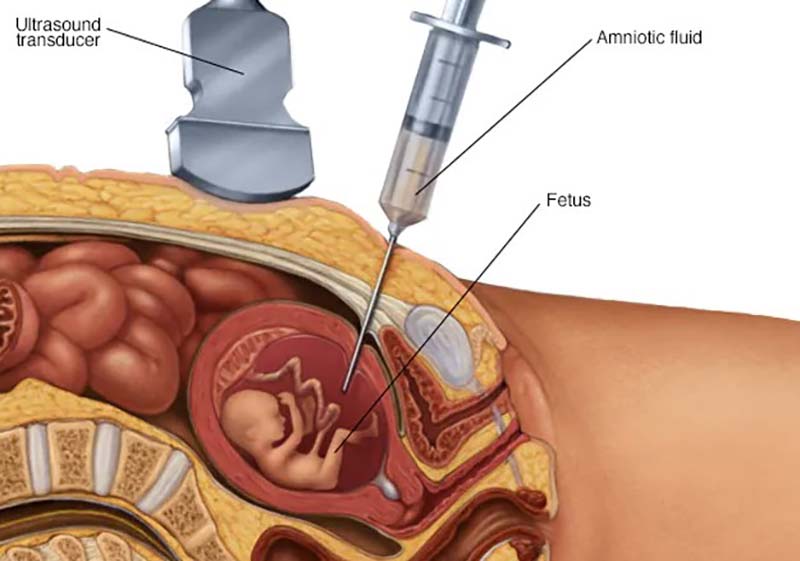What is Fetal Demise?
No mother goes into pregnancy expecting to lose her baby. A miscarriage or death of an infant at birth is a devastating tragedy that OB-GYNs, nurses, and all other medical professionals should try to prevent using any means possible. But sometimes, preventable medical mistakes like mismanaging pregnancy complications can increase the odds of fetal demise.

The specialized birth injury attorneys at Miller Weisbrod Olesky have decades of experience representing families who lost their children too soon from medical mistakes. For over 30 years, we have a proven track record of court victories against parties found liable for medical malpractice.
We know that no amount of money or damages recovered can bring your baby back, but we aim to seek justice and hold any responsible hospitals, nurses, and doctors accountable in the hopes that it can, at the very least, give your family some semblance of closure.
Free Legal Consultation
Pregnancy Complication Lawyers
1-888-987-0005Our Birth Injury Lawyers are available to meet you in your home or the hospital.
What is a Stillbirth?
Intrauterine fetal demise (IUFD or also known as a stillbirth) happens when a mother loses her baby after 20 weeks of pregnancy. In some cases, this can occur during labor and delivery. CDC data from 2024 estimates that stillbirth occurs in 1 out of every 175 births in the United States each year.

The CDC has tracked fetal death rates from as early as 1990, and the data shows that stillbirth rates are steadily declining. This has been attributed to advancements in prenatal testing and an overall higher quality of maternal care.
It’s important to note that a stillbirth is not considered a miscarriage; miscarriage is used to refer to pregnancy losses that occur before the 20-week marker.
Fetal demise can be further classified by the point in which they occur during the mother’s pregnancy:
- Early stillbirth: fetal demise between 20 and 27 weeks.
- Late stillbirth: fetal demise between 28 and 36 weeks.
- Term stillbirth: fetal demise between 37th week and until delivery.
Most stillbirths occur between 28 and 37 weeks of gestation. It’s important to note that if the baby dies shortly after being born, it is then counted as an infant death and not a fetal death.
What Causes Fetal Demise?
Not all causes of fetal demise are immediately evident. Sometimes the causes of stillbirth can be out of the control of the mother or her healthcare providers, such as a fatal gene mutation or a defect within the mother’s anatomy.
However, research has identified certain maternal characteristics as risk factors for intrauterine fetal demise. When healthcare professionals identify any of these risk factors, they must closely monitor the expecting mother and treat these conditions quickly and carefully to give the unborn child the highest chance possible of survival.
What Are Risk Factors for Having a Stillbirth?
The following conditions and behaviors have been identified as risk factors for a stillbirth:

- Preeclampsia
- Gestational Diabetes
- Maternal Obesity
- Twin Pregnancy
- Advanced Maternal Age (Ages 35+)
- Placental Complications
- Umbilical Cord Problems
- Maternal Infections
- Cholestasis of Pregnancy
- Blunt Trauma to the Abdomen During Pregnancy
- Smoking, Alcohol and Substance Abuse
- Previous History of Miscarriage or Stillbirth
During prenatal testing, an expecting mother should inform her OB-GYN of any concerning medical history information that could put her at risk for fetal demise. Additionally, the OB-GYN and all other medical professionals involved in the mother’s pregnancy should diligently scan her for complications that put her pregnancy at high risk.
What Are the Symptoms of a Stillbirth?
A common symptom of stillbirth is excessive bleeding during pregnancy, especially during the second and third trimester. Bleeding or light spotting isn’t always a guaranteed indicator of fetal death, but it warrants going for a check-up with a doctor or other healthcare provider who can run neuroimaging tests to better assess the issue.

Additionally, fetal heart rate monitoring can detect abnormal decelerations or accelerations in the baby’s heart rates and rhythms. If no heart rate is detected, it is a sign that fetal death has occurred. Prior to monitoring, the mother may also notice no movement from the baby in her womb, such as the absence of kicking or repositioning.
What Happens After a Stillbirth?
After a case of intrauterine fetal demise has been confirmed, the mother has several options available. She may choose to deliver the baby, either by waiting for a spontaneous labor or through manually induced labor using medications.
In some cases, vaginal birth is too risky of a delivery method when a stillbirth occurs. Doctors may opt to perform a planned C-section delivery, or they may choose to perform a surgical procedure known as dilation and evacuation (D&E).
This procedure involves manually dilating (opening) the mother’s cervix and using mechanical suction tools to remove the baby’s body out. The medical team must completely clear out the mother’s uterus of its contents, including the placenta and any other fetal tissue present.

Following removal, doctors may want to perform further testing on the mother. A common test after experiencing a stillbirth is amniocentesis, where a sample of amniotic fluid is taken and tested to analyze genetic conditions, infections, or possible abnormalities that may have contributed to IUFD.

Doctors may also choose to perform an autopsy on the baby’s body, the umbilical cord, or the mother’s placenta when the amniotic fluid traces don’t reveal any new information.
How Can Medical Mistakes Cause a Stillbirth?
The fault of a stillbirth can be placed upon medical providers when they mismanage pregnancy complications or emergencies during labor and delivery. And while not all stillbirths are preventable or in the control of healthcare providers, the following actions can significantly increase the risk of fetal demise or a devastating birth injury:
- Failing to accurately assess a mother’s previous medical history.
- Missing a pregnancy complication during prenatal testing that increases the risk of a stillbirth.
- Failure to monitor fetal heart rates during pregnancy and during delivery.
- Improperly administering medications, giving the incorrect dosage, or failing to provide medications for maternal infections or neonatal infections.
- Missing or failing to treat deadly labor and delivery complications like birth asphyxia.
- Delaying an emergency C-section delivery, resulting in fetal death.
It’s important to note that it requires a detailed review of the specific facts and timeline of a mother’s pregnancy and the fetus’s death before making a definitive judgement as to whether medical malpractice played a factor in the stillbirth.
Was My Stillbirth Mismanaged?

Parents who have endured the devastating loss of their unborn child deserve to know whether it could have been prevented with better treatment. Our dedicated birth injury lawyers want to help you find those answers.
If a family believes medical negligence contributed to intrauterine fetal demise, legal support may be an option. A knowledgeable birth injury attorney can review the medical records and circumstances to assess whether a claim exists. Miller Weisbrod Olesky will thoroughly investigate the facts and hold the responsible medical providers accountable by pursuing medical malpractice claims against them.
Sometimes, families are hesitant to reach out to a birth injury malpractice attorney or law firm. Parents might feel overwhelmed by their circumstances and worry that a law firm won’t be able to help. But the only way to find out if you have a case is to talk to an attorney who is familiar with how better medical treatment could have prevented a stillbirth.
What is the Statute of Limitations in a Birth Injury Lawsuit?

A statute of limitations (SOL) is a law that sets a time limit on how long an injured person has to file a lawsuit after an accident. It is essential to understand that statutes of limitations vary based on the type of case and the state where it is filed. For instance, the deadline for birth injury claims is typically different from other claims, such as injury to personal property, fraud, contract disputes, and collection of debts.
Generally, the clock starts ticking on the date the injury occurred. However, there are exceptions to this rule, and in some cases, the statute of limitations starts when a person discovers or reasonably should have discovered an injury. When dealing with government agencies, SOLs can become even more complex.
For example, if the party that injured you was:
- A federal employee
- Employed by a military hospital, Veterans Administration facility, or a federally funded medical entity
You may need to file a birth injury claim under the Federal Tort Claims Act (FTCA). In FTCA cases, claimants must go through certain administrative procedures before filing a lawsuit. In some states, if the negligent party was a local or state government hospital or the doctors and medical providers are employees of a governmental entity, the time period in which you must give "notice" may be shorter.
If your case is filed outside of the statute of limitations, it will typically be dismissed, and you will not be eligible to recover compensation for your injuries. Determining when a statute of limitations begins on your case can be tricky. If you're considering pursuing compensation for a birth injury, contacting an attorney as soon as possible is in your best interest.
How The Birth Injury Attorneys at Miller Weisbrod Olesky Can Help

It takes a detailed expert review of the facts and circumstances of your pregnancy and stillbirth before determining whether the fetal death came as the result of medical malpractice.
Our Process
At Miller Weisbrod Olesky, a team of committed birth complication attorneys, nurses and paraprofessionals uses our detailed medical negligence case review process to assess your potential wrongful death case.
We start by learning more about you and your story, and the events leading up to your stillbirth. Then we gather medical records to determine what happened before, during, and after the fetal demise. We call in skilled medical experts who review your records and let us know if they think medical errors could have caused your baby’s premature passing.
If we feel medical negligence caused or contributed to your stillbirth, we meet with you to discuss how you can receive compensation from the medical professionals who made the errors.
At no point in our legal intake process will we ask you to pay anything. The medical review of your case and the consultation are free. We only receive payment once you do. The sooner you reach out to us, the sooner we can begin investigating your case and gathering the evidence needed to support your claim.
We work on a contingency fee basis, meaning you won't pay any legal fees unless we win your case. Contact us today to schedule your free legal consultation by calling our toll-free line at 888-987-0005 or by filling out our online request form.
